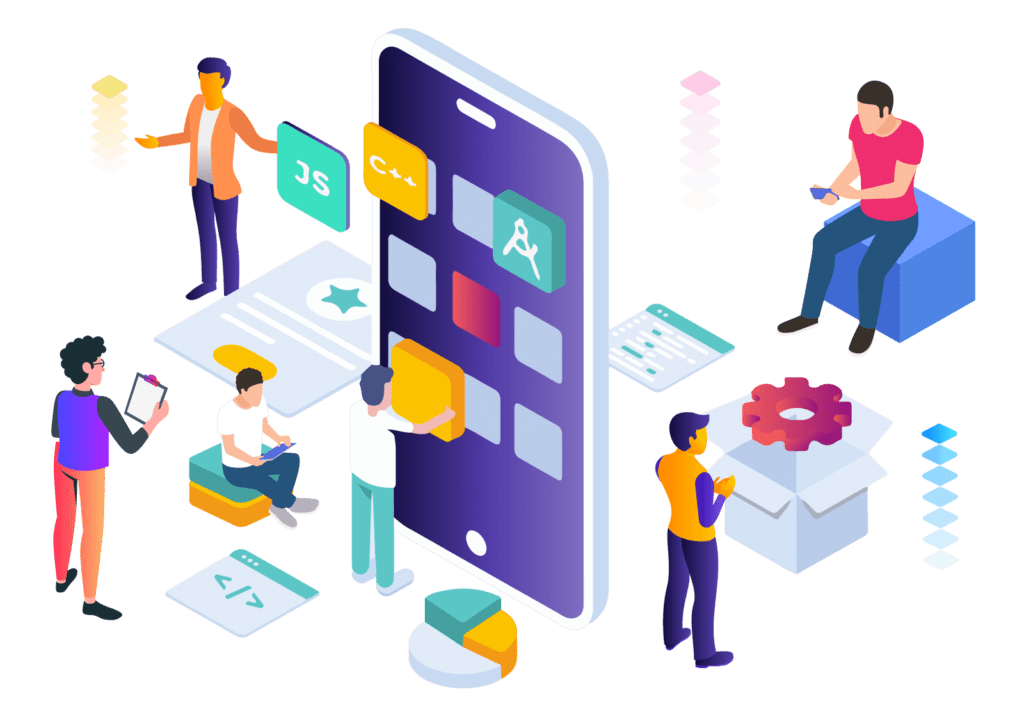If you are an application developer, you know how important security is for your products. You want to protect your users’ data, your reputation, and your bottom line from malicious attacks. But security is not a one-time thing. It is a never ending battle that requires constant vigilance, updates, and testing.
In this blog post, I will share some of the challenges and best practices for application development security, based on my own experience and research. I hope you will find them useful and inspiring for your own projects.
Challenges of application development security
Application development security is not easy. It involves many aspects, such as:
- Designing secure architectures and frameworks
- Choosing and implementing appropriate encryption and authentication methods
- Validating user input and output
- Handling errors and exceptions
- Testing and debugging code
- Monitoring and auditing system performance and activity
- Updating and patching software vulnerabilities
- Educating and training users and developers
Each of these aspects has its own complexities and risks. For example, choosing the right encryption algorithm can be tricky, as different algorithms have different strengths and weaknesses. Validating user input and output can be tedious, as you need to check for all possible scenarios and prevent injection attacks. Testing and debugging code can be time-consuming, as you need to cover all the functionalities and edge cases. Updating and patching software vulnerabilities can be challenging, as you need to balance between speed and quality.

Best practices for application development security
Despite the challenges, application development security is not impossible. There are many best practices that can help you achieve it. Here are some of them:
– Follow the principle of least privilege. This means that you should grant the minimum level of access or permissions necessary for each user or process to perform their tasks. This can reduce the attack surface and limit the damage in case of a compromise.
– Follow the principle of defense in depth. This means that you should use multiple layers of security measures to protect your system. This can provide redundancy and resilience in case one layer fails or is bypassed.
– Follow the principle of secure by design. This means that you should consider security from the beginning of the development process, not as an afterthought. This can help you avoid or mitigate potential vulnerabilities or flaws in your code.
– Use secure coding standards and guidelines. These are sets of rules or recommendations that can help you write secure code. For example, you can use the OWASP Secure Coding Practices or the CERT Secure Coding Standards.
– Use secure development tools and frameworks. These are software or libraries that can help you implement security features or functions in your code. For example, you can use encryption libraries like OpenSSL or Crypto++, authentication libraries like OAuth or JWT, or web frameworks like Django or Rails.
– Use code analysis tools. These are tools that can help you check your code for errors, bugs, vulnerabilities, or quality issues. For example, you can use static analysis tools like SonarQube or Coverity Scan, dynamic analysis tools like Burp Suite or ZAP, or code quality tools like Code Climate or Codacy.
– Use testing tools and methods. These are tools or techniques that can help you verify the functionality, performance, usability, or security of your code. For example, you can use unit testing tools like JUnit or PyTest, integration testing tools like Selenium or Cypress, performance testing tools like JMeter or LoadRunner, usability testing tools like UserTesting or Hotjar, or security testing tools like Nmap or Metasploit.
– Use monitoring and auditing tools. These are tools that can help you track the activity, performance, status, or health of your system. For example, you can use logging tools like Logstash or Splunk.
Moreover, application development security is not static. It evolves with the changing technologies, standards, regulations, and threats. For example, new programming languages and frameworks may introduce new features or vulnerabilities. New standards and regulations may impose new requirements or restrictions. New threats may exploit new or existing weaknesses or use new techniques.
Therefore, application development security requires constant learning, adaptation, and improvement. You need to keep up with the latest trends, best practices, tools, and resources. You need to review your code regularly, test it thoroughly, and fix it promptly. You need to monitor your system constantly, detect any anomalies or breaches, and respond accordingly.